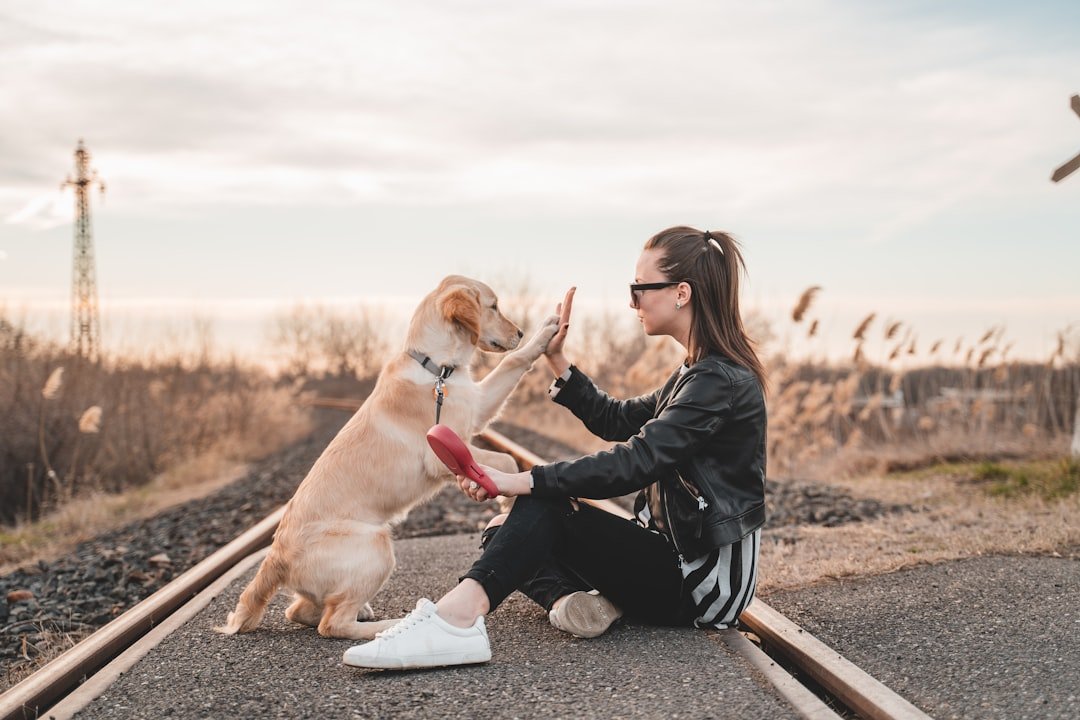Every dog lover knows that familiar guilty look on their furry friend’s face when they grab their keys. Your canine companion follows you from room to room, shadowing your every move, desperate for constant connection. This intense attachment might feel flattering at first, making you feel like the center of their universe. Yet beneath this devotion lies a hidden truth that many well-meaning dog parents struggle to acknowledge: even our most beloved companions need space to simply be dogs.
Freedom isn’t about loving your dog less or providing inferior care. It’s about understanding that true love sometimes means stepping back and allowing natural behaviors to flourish. When we recognize that our dogs need independence alongside affection, we open the door to raising more confident, emotionally balanced, and genuinely happy canines. Let’s explore why giving your dog freedom might be the greatest gift you can offer.
The Shadow Problem Most Dog Owners Don’t Recognize
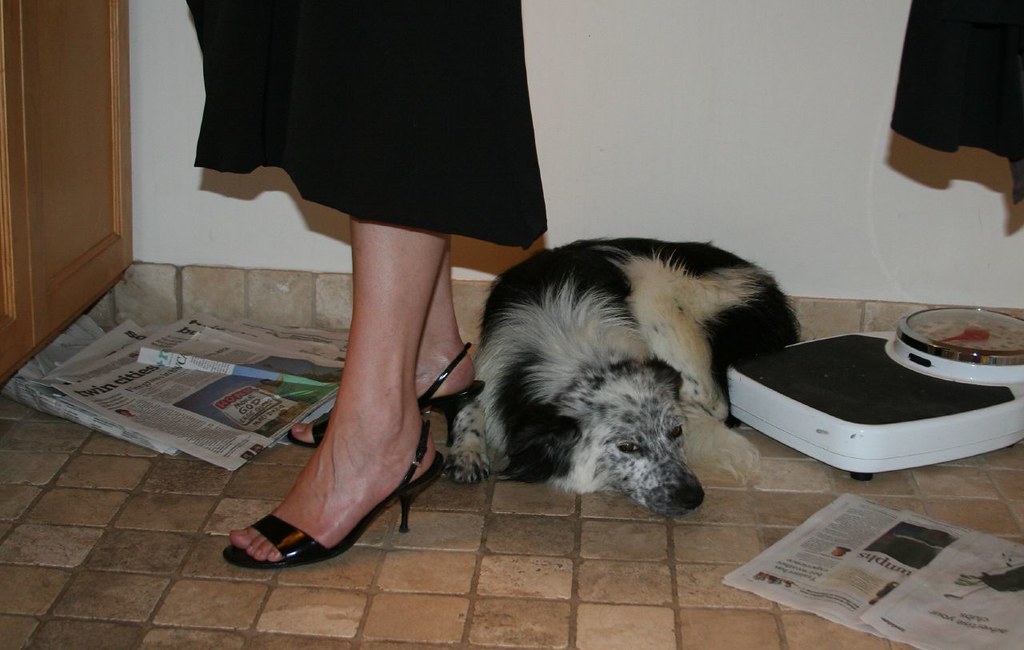
That velcro dog who never leaves your side throughout the day, constantly nudging you for pets, shoving a ball into your hand, or barking if they’re unable to sit in your lap might seem like the perfect companion. However, this behavior often signals something deeper than devotion.
Dogs with separation anxiety are usually overly attached or dependent on family members, becoming extremely anxious and showing distress behaviors when separated from owners, typically trying to remain close to their owners, following them from room to room and rarely spending time outdoors alone. What feels like love is actually emotional dependence that can harm both dog and owner.
It is neither sustainable nor healthy for human and dog to be co-dependent, as life is busy, and the dog can’t always be involved in every aspect of it. This constant need for human presence creates stress for everyone involved and sets the stage for behavioral problems that can persist throughout your dog’s life.
It’s far kinder to prepare our dogs to be able to comfortably relax and entertain themselves during those times when we are unavailable to them. Recognizing shadowing behavior as a red flag rather than flattery is the first step toward healthier relationships.
What Your Dog’s Body Language Really Says About Independence
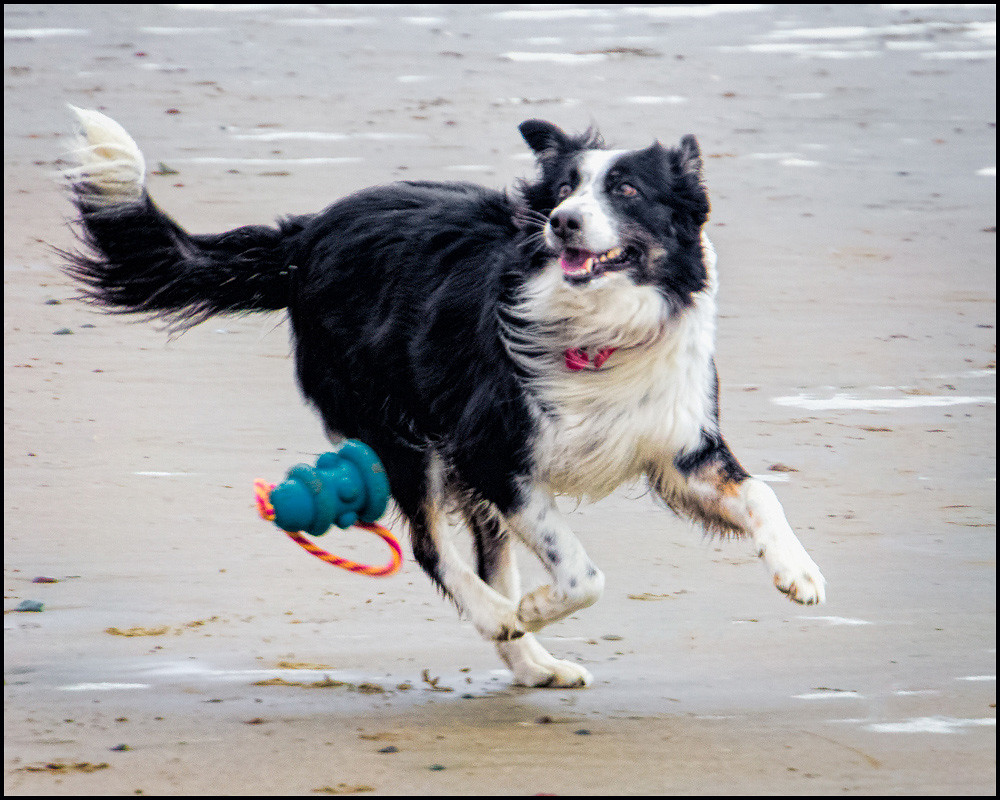
Dogs communicate their need for space through subtle signals that many owners misinterpret or completely miss. Anxious behaviors like pacing, whining, or trembling while you’re gone or as you prepare to leave are obvious distress signals, but the signs often appear much earlier.
Many dogs begin to display anxiety as soon as the owners prepare to leave. Watch for increased restlessness when you pick up keys, put on shoes, or grab your jacket. If you are preparing to leave, the dog might follow you from room to room. These behaviors indicate your dog has learned to anticipate separation and lacks the coping skills to handle alone time confidently.
Many dogs suffering from separation-related behavior won’t show any signs when you’re with them. This makes it crucial to observe your dog’s behavior when they think you’re not watching. A truly independent dog should be able to settle in another room, play with toys alone, or simply rest without constantly monitoring your location.
The Hidden Health Consequences of Over-Attachment
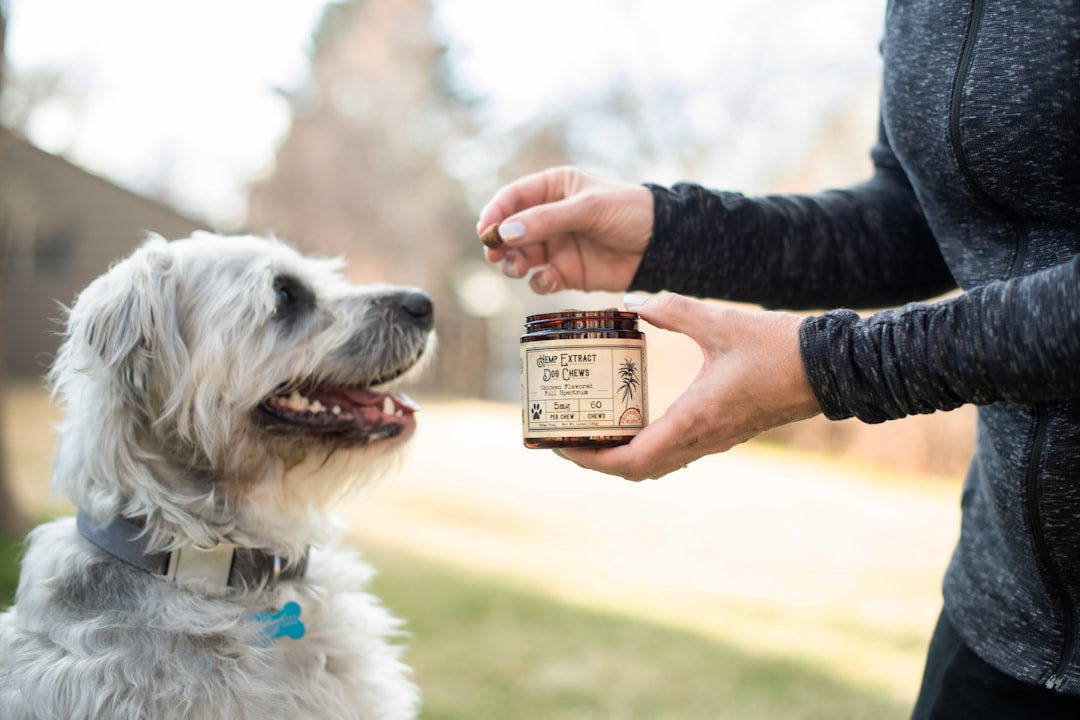
Constant dependence on human presence doesn’t just create behavioral issues, it can seriously impact your dog’s physical and mental health. Separation anxiety results in a spectrum of behaviors that can include trembling, salivating, excessive vocalization, overgrooming, loss of bladder control despite successful potty training, or even minor to major destruction of your home.
In severe cases, dogs might have a panic attack and hurt themselves by breaking through windows or attempting to get out of crates. The stress hormones released during these episodes can weaken your dog’s immune system, affect digestion, and contribute to long-term health problems.
Separation anxiety can cause severe stress and emotional trauma for the dog, and often results in environmental and household damage and costly repairs for their pet parents. Beyond the financial cost, watching your beloved companion suffer creates emotional distress for the entire family.
According to a Certified Applied Animal Behaviorist, although we can’t know for sure what’s in a dog’s mind, we can think of separation anxiety as the equivalent of a panic attack. Understanding this helps put the urgency of teaching independence into perspective.
Building Your Dog’s Confidence Through Controlled Independence
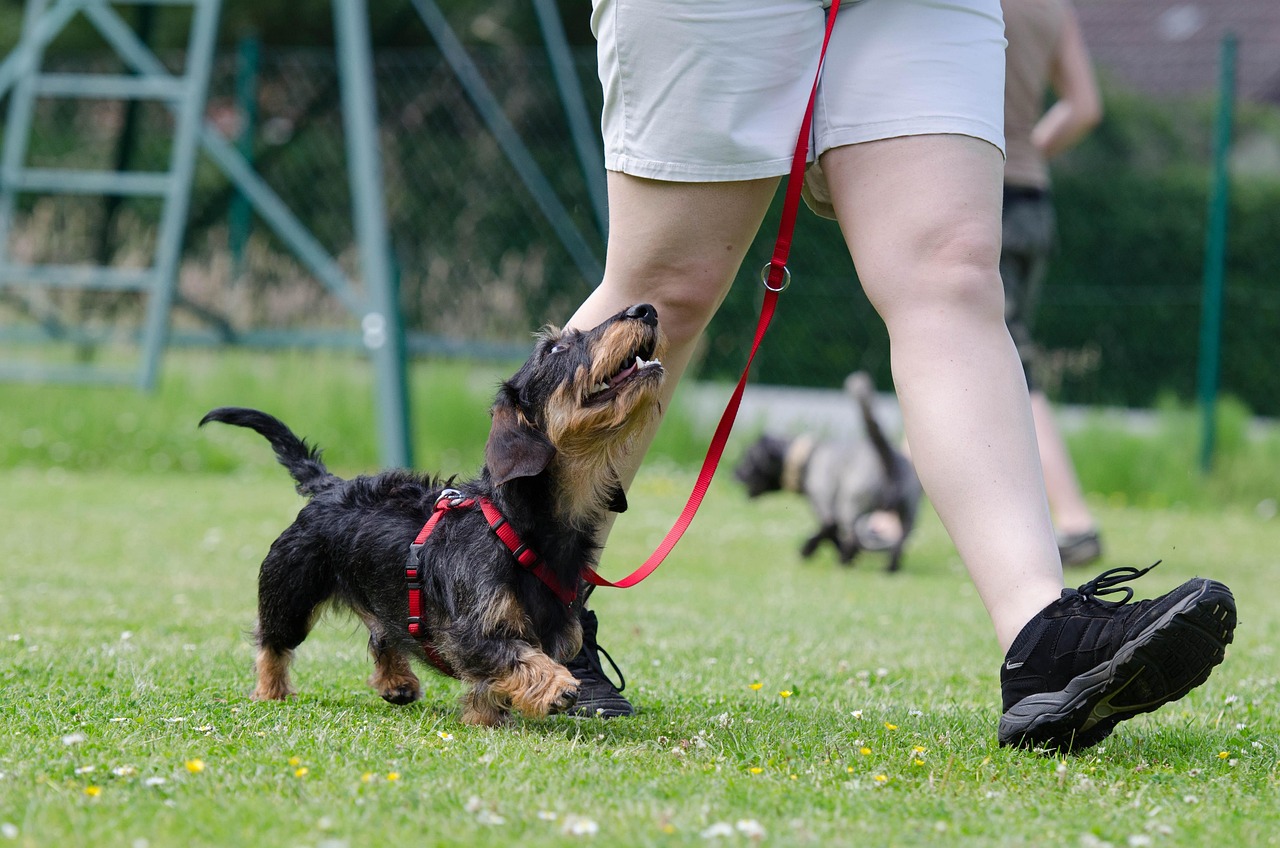
Teaching independence isn’t about abandoning your dog, it’s about gradually building their confidence in being alone. The best time to begin independence training is puppyhood or as soon as your re-homed dog arrives, with owners who constructively channel the dog’s mental capabilities as early as possible setting up for building her confidence.
Start with short separations while you’re still home. Even if you are at home all day, create frequent separations from your dog, as regular brief separations throughout the day can help keep separation anxiety at bay. Begin with just a few minutes behind a closed door, gradually increasing duration as your dog learns to self-soothe.
The most important aspect of retraining is to teach your dog to be independent and relaxed in your presence, as only when your dog will stay in his bed or relaxation area, rather than constantly following you around, will you be ready to begin mock or graduated planned departures.
Creating Safe Spaces That Encourage Natural Behavior
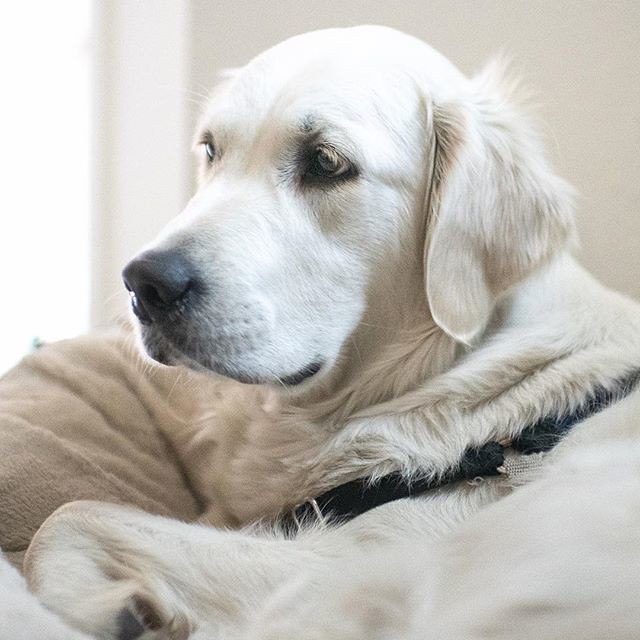
A Yes Space is a gated/closed room or sectioned off portion of a room in your home where your dog can truly do whatever they want without you needing to step in to interrupt or redirect their behavior, with the long term goal being to have your dog comfortably practice independent behavior anywhere in the home. This designated area becomes their personal sanctuary.
When doing independence training it helps to ensure your dog has their own special place where they feel safe and secure, where only good things happen, ideally having a spot both outside in the yard such as a sturdy, secure and comfortable kennel or shed, where they are protected from the elements and that they enjoy spending time in, as well as access to a place to call their own inside the home with their bed and favourite toys.
Crate training provides a safe space for dogs, helping them feel secure, while positive reinforcement encourages them to remain calm by rewarding good behavior. The key is making these spaces incredibly appealing with comfortable bedding, engaging toys, and positive associations.
The Mental Stimulation Your Dog Craves
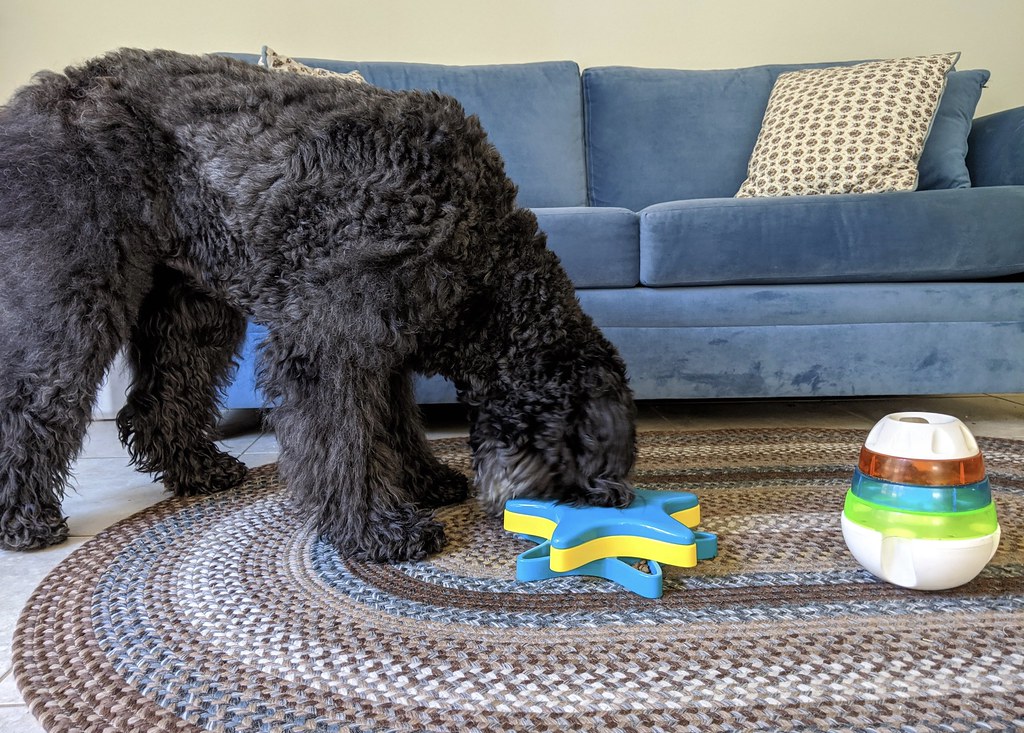
Dogs need mental exercise just as much as physical activity, and independence training provides the perfect opportunity to engage their minds. Try hiding your dog’s treats or kibble around the yard or lounge as a game of treat treasure hunt so they can spend some time on their own foraging for their food, which is a great tool for some independence training, and if you put this on cue such as ‘find your treats’ you can also use that when you are departing the house to help create a positive association with your departure.
Dogs experience boredom just like humans, and a lack of proper enrichment can lead to anxiety and destructive behaviors, as if your dog is tearing things up or chewing on your favorite shoes, that indicates that your dog needs more outlets for its energy. Mental stimulation helps tired dogs settle more easily during alone time.
Interactive toys, games and other outlets for their energy allow dogs to engage their natural canine skills and urges, such as chewing, scavenging for food, solving problems. When dogs can use their natural instincts independently, they develop confidence and problem-solving skills.
Breaking the Cycle of Departure Anxiety
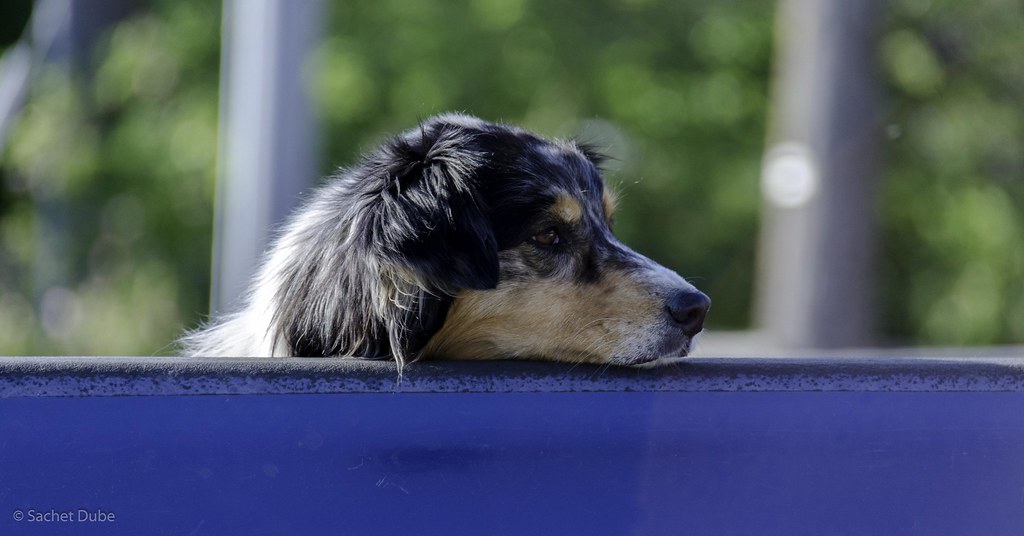
One of the most effective ways to build independence is changing how your dog perceives your departures and arrivals. Get the items that normally signal your departure, such as keys, shoes, briefcase, jacket, and walk to the door, but do not exit the house, as the dog will be watching and possibly get up, but once you put everything away, your dog should lie down, then once your dog is calm, this is repeated.
For example, pick up your keys or put on your coat, then go make dinner rather than heading to the car, and even better, toss your puppy a high-value treat right before you touch your keys or coat, as in time, they will look forward to the signs you’re about to leave rather than panicking. This technique helps dogs dissociate departure cues from actual leaving.
Practice leaving without opening the door by putting on your shoes, picking up your keys, walking to the door, but don’t leave. This desensitization process helps dogs learn that departure cues don’t always mean abandonment.
Why Independence Actually Strengthens Your Bond
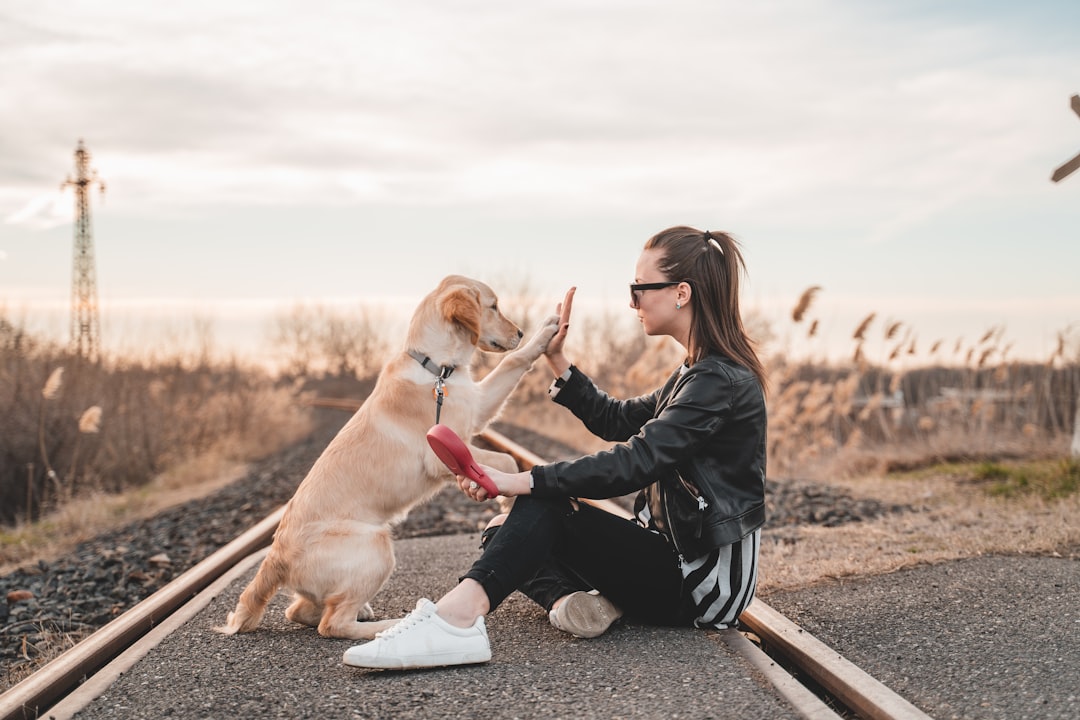
Paradoxically, giving your dog freedom and independence often strengthens rather than weakens your relationship. There’s an upside to giving our dogs more freedoms as we reap benefits too, since happy and contented dogs tend to be easier to live with, resulting in happier and more contented guardians. When dogs can self-regulate their emotions, everyone benefits.
Your dog is happiest when given the freedom and opportunity to express their individuality through species-specific, natural behaviour and their own preferences. Allowing this natural expression creates a more authentic relationship based on choice rather than dependence.
Most people want dogs to express dog behaviors, to be satisfied on their own terms, and to “be themselves,” which is important because a great deal of what we ask our pet dogs to do is undog-like and puts aside their doggy natures. True love means accepting your dog for who they are, not who you need them to be.
Help them to make good choices to lead them in adulthood and make great choices independently with support if they ask when faced with an obstacle. This partnership approach creates mutual respect and deeper connection.
When Professional Help Makes the Difference
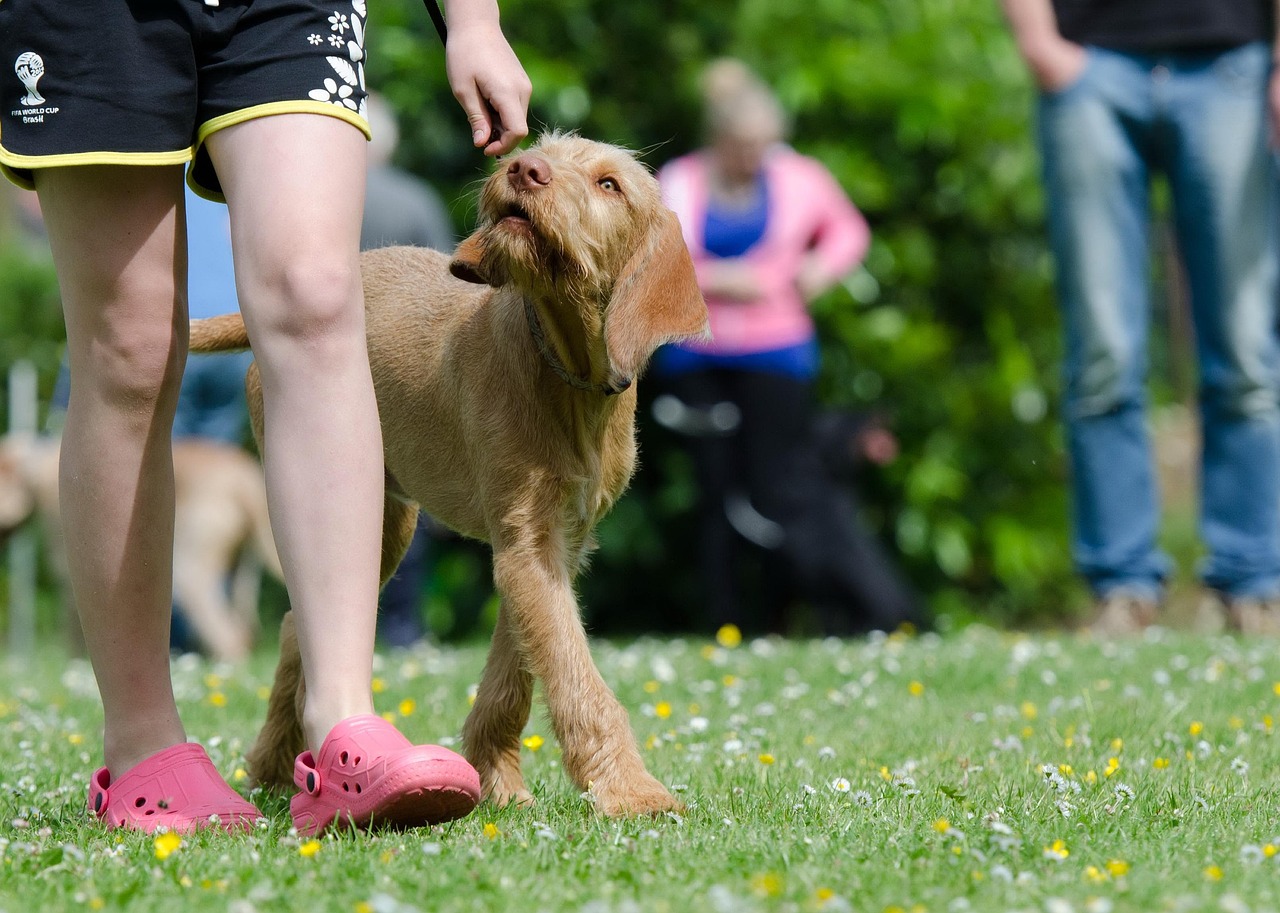
Sometimes independence training requires professional guidance, especially for severe cases of separation anxiety. If your dog is suffering from severe separation anxiety, an individual evaluation with a canine behavior specialist is recommended, as together, you can create a plan to relieve your dog’s anxiety and keep them safe.
Although studies show the effectiveness of certain medications for separation anxiety, every dog is different and different responses to treatment can occur, so a trial period may be necessary to determine an effective medication and dose, making it important to partner with your veterinarian or veterinary behaviorist, as routine monitoring will be necessary to ensure your dog’s anxiety is well managed.
Training for separation anxiety can take anywhere from two to six months, depending on your dog’s comfort level, as this is called “gradual desensitization” for a reason, meaning you have to move at your dog’s pace and the journey will not be linear. Professional support can make this challenging process more manageable.
Teaching your dog to embrace independence isn’t about loving them less – it’s about loving them better. When we give our dogs the gift of emotional self-sufficiency, we’re not pushing them away; we’re helping them grow into confident, well-adjusted companions who can handle life’s inevitable separations with grace. The dog who can settle contentedly in their own space, entertain themselves with appropriate activities, and greet your return with joy rather than frantic relief is a dog who has learned one of life’s most valuable skills: being comfortable in their own skin.
Remember, the strongest relationships are built on mutual respect and individual strength, not codependence. Your dog doesn’t need to be attached to your hip to love you deeply. What do you think about giving your furry friend a little more freedom? Tell us in the comments how you’ve helped your dog build confidence and independence.

Andrew Alpin from India is the Brand Manager of Doggo digest. Andrew is an experienced content specialist and social media manager with a passion for writing. His forte includes health and wellness, Travel, Animals, and Nature. A nature nomad, Andrew is obsessed with mountains and loves high-altitude trekking. He has been on several Himalayan treks in India including the Everest Base Camp in Nepal.

